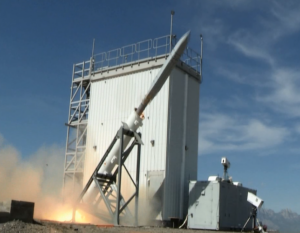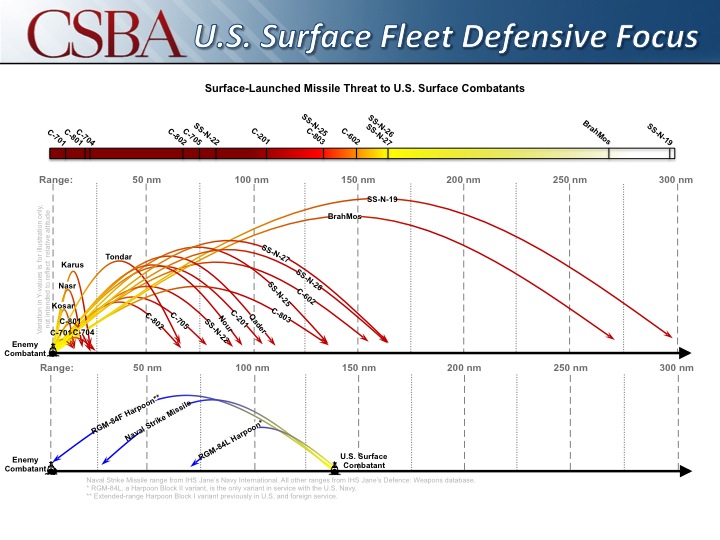Navy Warships Get New Heavy Missile: 2,500-Lb LRASM
Posted on
It’s a big day for the 2,500-pound Long-Range Anti-Ship Missile, LRASM. This morning, contractor Lockheed Martin announced an $86.5 million contract to build the first 23 production missiles – as opposed to test weapons – for use by Navy Super Hornet fighters and Air Force B-1B bombers. Lockheed also announce this afternoon that it had, for the first time, successfully test-fired a modified LRASM from the kind of launchers used on Navy ships.

The first firing of a Long-Range Anti-Ship Missile (LRASM) from the kind of vertical launcher used on Navy ships.
Ship-borne launchers dramatically expand the ways the US military can use the missile. LRASM has come a long way from its origins in the air-to-ground JASSM program (Joint Air To Surface Standoff Missile). While aircraft can carry missiles further and faster than warships, they can’t carry nearly as many, which means what ships lack in agility they make up for in striking and staying power. At the very maximum, with nothing held back for defense (which would be tactical insanity), an entire carrier air wing of 44 fighters could only carry 88 LRASMs, while a single Arleigh Burke destroyer could carry 96.
Until recently, the only missile Navy ships could fire at enemy ships was the aging Harpoon, whose 70 to 150 mile range (depending on model) is badly outranged by newer Russian and Chinese weapons. Last year, the Pentagon’s Strategic Capabilities Office modified the Navy’s SM-6 Standard Missile, originally designed for anti-aircraft and missile defense, to hit ships. The SM-6 has better range than the Harpoon – “over 200 miles” is as specific as the Navy gets — but it also has a much smaller warhead. Harpoon delivers almost 500 pounds compared to SM-6’s 140, which is adequate for downing planes and incoming cruise missiles, but a little light to sink an enemy ship.
Now LRASM comes along with long range – “over 200 miles” again — and a huge warhead, 1,000 pounds. Admittedly, the subsonic LRASM is slower than the SM-6, which reaches Mach 3.5 to catch enemy missiles, or than the Russian Klub, which accelerates to Mach 2.9 for its final approach. But the Navy deliberately opted for a slower but stealthier and smarter missile. The LRASM is designed to navigate autonomously around enemy radar and defenses, with enough artificial intelligence aboard that it can change course without human supervision or satellite guidance. (The Lockheed video at the top of this article vividly lays out this approach).

US Navy anti-ship missiles are badly outranged by Russian, Chinese, and Indian counterparts.
Admittedly, there’s a way to go before Navy vessels are packing these new heavy-duty ship-killers. The recent test launch wasn’t from an actual ship at sea, but from a launch canister at White Sands Missile Range, positioned at the same angle and using the same launch controls as the standard Mark 41 Vertical Launch System (VLS) used aboard ships. It’ll be even longer before LRASM is available for US submarines, let alone for land-based launchers. By contrast, China and Russia both arm their subs and artillery to kill ships at sea, part of the layered defenses known as Anti-Access/Area Denial. Nevertheless, between the LRASM production contract and the ship-launch test, the US is starting to catch up.
Subscribe to our newsletter
Promotions, new products and sales. Directly to your inbox.
